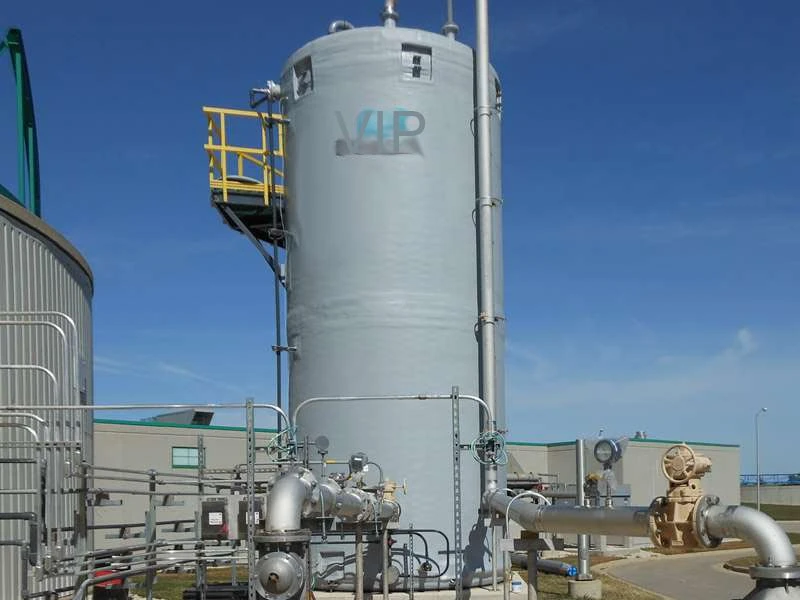
-
 Afrikaans
Afrikaans -
 Albanian
Albanian -
 Amharic
Amharic -
 Arabic
Arabic -
 Armenian
Armenian -
 Azerbaijani
Azerbaijani -
 Basque
Basque -
 Belarusian
Belarusian -
 Bengali
Bengali -
 Bosnian
Bosnian -
 Bulgarian
Bulgarian -
 Catalan
Catalan -
 Cebuano
Cebuano -
 China
China -
 China (Taiwan)
China (Taiwan) -
 Corsican
Corsican -
 Croatian
Croatian -
 Czech
Czech -
 Danish
Danish -
 Dutch
Dutch -
 English
English -
 Esperanto
Esperanto -
 Estonian
Estonian -
 Finnish
Finnish -
 French
French -
 Frisian
Frisian -
 Galician
Galician -
 Georgian
Georgian -
 German
German -
 Greek
Greek -
 Gujarati
Gujarati -
 Haitian Creole
Haitian Creole -
 hausa
hausa -
 hawaiian
hawaiian -
 Hebrew
Hebrew -
 Hindi
Hindi -
 Miao
Miao -
 Hungarian
Hungarian -
 Icelandic
Icelandic -
 igbo
igbo -
 Indonesian
Indonesian -
 irish
irish -
 Italian
Italian -
 Japanese
Japanese -
 Javanese
Javanese -
 Kannada
Kannada -
 kazakh
kazakh -
 Khmer
Khmer -
 Rwandese
Rwandese -
 Korean
Korean -
 Kurdish
Kurdish -
 Kyrgyz
Kyrgyz -
 Lao
Lao -
 Latin
Latin -
 Latvian
Latvian -
 Lithuanian
Lithuanian -
 Luxembourgish
Luxembourgish -
 Macedonian
Macedonian -
 Malgashi
Malgashi -
 Malay
Malay -
 Malayalam
Malayalam -
 Maltese
Maltese -
 Maori
Maori -
 Marathi
Marathi -
 Mongolian
Mongolian -
 Myanmar
Myanmar -
 Nepali
Nepali -
 Norwegian
Norwegian -
 Norwegian
Norwegian -
 Occitan
Occitan -
 Pashto
Pashto -
 Persian
Persian -
 Polish
Polish -
 Portuguese
Portuguese -
 Punjabi
Punjabi -
 Romanian
Romanian -
 Russian
Russian -
 Samoan
Samoan -
 Scottish Gaelic
Scottish Gaelic -
 Serbian
Serbian -
 Sesotho
Sesotho -
 Shona
Shona -
 Sindhi
Sindhi -
 Sinhala
Sinhala -
 Slovak
Slovak -
 Slovenian
Slovenian -
 Somali
Somali -
 Spanish
Spanish -
 Sundanese
Sundanese -
 Swahili
Swahili -
 Swedish
Swedish -
 Tagalog
Tagalog -
 Tajik
Tajik -
 Tamil
Tamil -
 Tatar
Tatar -
 Telugu
Telugu -
 Thai
Thai -
 Turkish
Turkish -
 Turkmen
Turkmen -
 Ukrainian
Ukrainian -
 Urdu
Urdu -
 Uighur
Uighur -
 Uzbek
Uzbek -
 Vietnamese
Vietnamese -
 Welsh
Welsh -
 Bantu
Bantu -
 Yiddish
Yiddish -
 Yoruba
Yoruba -
 Zulu
Zulu
anchoring drilling rod and bits
Anchoring Drilling Rods and Bits An Overview
Drilling operations, whether in the construction or mineral exploration industries, rely heavily on the effectiveness of their tools. Among these tools, anchoring drilling rods and bits stand out as crucial elements that influence the efficiency and effectiveness of drilling processes. This article explores the significance of anchoring drilling rods and bits, the technologies involved, and their applications across various industries.
At its core, anchoring drilling rods are designed to provide stability and support during drilling operations. These rods serve as the primary conduit for transmitting force from the drilling rig to the drill bit, enabling it to penetrate the ground effectively. They can be made from various materials, including steel and composite materials, each offering different advantages in terms of strength, weight, and durability.
Anchoring Drilling Rods and Bits An Overview
The bits attached to the ends of these rods are equally important. Drill bits come in various designs, each tailored for specific geological conditions. For example, a rotary drill bit might be ideal for softer rock formations, while a carbide-tipped or diamond-bit may be necessary for penetrating harder materials. The choice of drill bit significantly impacts the rate of penetration, cut quality, and overall project efficiency.
anchoring drilling rod and bits

Another essential aspect of anchoring drilling rods and bits is the advancement in technology. Innovations such as polycrystalline diamond compact (PDC) bits and advanced drilling techniques like directional drilling have revolutionized the drilling industry. PDC bits use synthetic diamonds to enhance the cutting action, allowing for faster drilling and less wear and tear on the rod. Directional drilling techniques enable operators to drill at various angles, which can be particularly advantageous in urban settings or when accessing resources located beneath obstacles.
The applications of anchoring drilling rods and bits are extensive. In the construction industry, these tools are critical for foundation work, anchoring structures, and installing underground utilities. Geotechnical engineering relies on reliable drilling equipment to conduct soil sampling and stability assessments. Furthermore, in the oil and gas sector, advanced drilling technologies, including horizontal and inclined drilling, utilize anchoring rods and bits to maximize resource extraction while minimizing environmental impact.
However, the effectiveness of anchoring drilling rods and bits is not solely determined by the tools themselves. Proper maintenance, operator training, and adherence to safety standards play vital roles in ensuring that drilling operations run smoothly. Regular inspections of drilling rods and bits can prevent operational failures, reduce downtime, and enhance safety. Operators must be equipped with comprehensive training that covers not only the technical aspects of using these tools but also the best practices for maintaining safety on site.
In conclusion, anchoring drilling rods and bits are integral components of modern drilling operations. Their ability to provide stability, flexibility, and adaptability makes them essential for various applications, from construction to resource extraction. As technology continues to evolve, so too will the capabilities of these essential tools, paving the way for more efficient and sustainable drilling practices. Understanding the importance of these components will help industries maximize their productivity and achieve their objectives while minimizing risks and costs.









